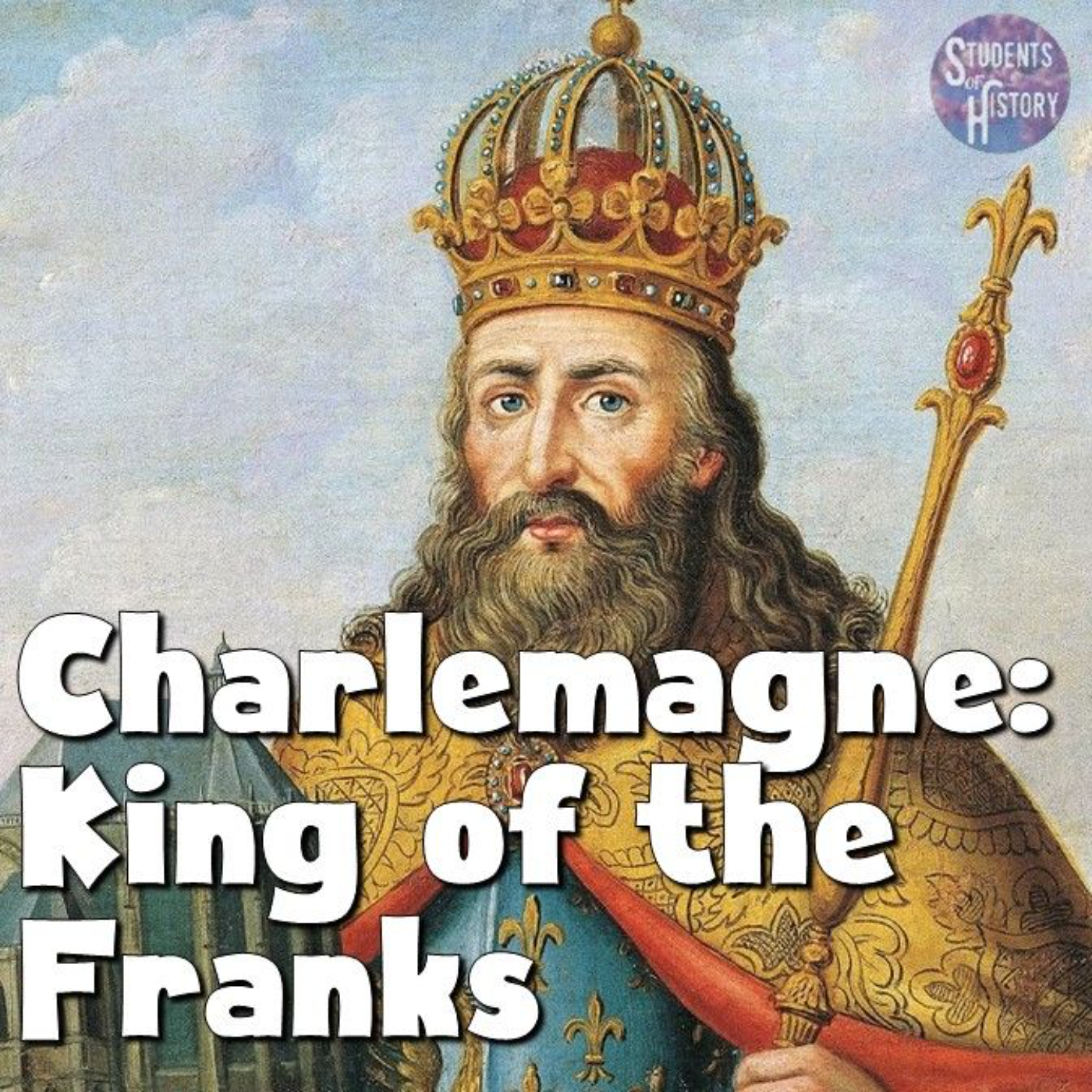Charlemagne: King of the Franks

Charlemagne ruled the Frankish Kingdom (what is today parts of France, Germany, and surrounding lands) from 768 until his death in 814. He ruled as Holy Roman Emperor beginning in 800.
Charlemagne was the oldest son of Pepin the Short and Bertrada of Laon. When his father died in 768, a 20-year-old Charlemagne became King of the Franks alongside his brother Carloman I. When Carloman died a few years later, Charlemagne became the sole ruler of the Franks.
Closer to home, Charlemagne sought to expand his empire into Saxony, which today is in northern Germany. However, Charlemagne faced a new challenge in Saxony: resistance to Christianity.
His conquest of Saxony began in 773, prior to his becoming Holy Roman Emperor, but he was still a Christian King and as such, he expected all of his subjects to follow the Christian faith. Saxony, however, remained pagan and resisted the spread of Christianity.
While Saxony was officially conquered in 780, they periodically rebelled into the early 800s. Gradually, Saxon leaders would convert to Christianity, eventually bringing peace to the region.
Charlemagne’s father, Pepin, had already grown close to the Pope in Rome and Charlemagne continued in his footsteps. Gradually, Rome began to rely on the protection of the powerful Frankish king.
In 799, Pope Leo III faced a rebellion and had to flee Rome. He asked Charlemagne for protection and with his help, the Pope regained control of Rome. For Charlemagne’s help and protection, Pope Leo III placed a crown on his head and proclaimed him Holy Roman Emperor on Christmas Day 800.

As was typical, Charlemagne’s realm was locally controlled by members of the nobility that worked with Charlemagne. With numerous local rulers and an ever-expanding kingdom, Charlemagne had to take steps to make sure his kingdom appeared unified. He met regularly with his regional rulers and instituted a legal system that was consistent throughout his realm. Another of Charlemagne's reforms was the creation of a new system of money and taxes that applied to the entire kingdom.
Charlemagne loved both education and religion and wanted his people to share these passions. In addition to working with the Pope and strengthening the Christian Church in his kingdom, he encouraged the production of books and the translation of religious works from Latin to the languages spoken within his empire.
Charlemagne ruled most of central Europe, from the North Sea to Italy, and from Spain to Austria. He unified his realm politically and religiously, while becoming the first Holy Roman Emperor in more than 300 years.